A Complete Guide To Everest Base Camp Trek- 2022/2023
Thousands of enthusiastic hikers around the world have an ultimate dream to reach Everest Base Camp...
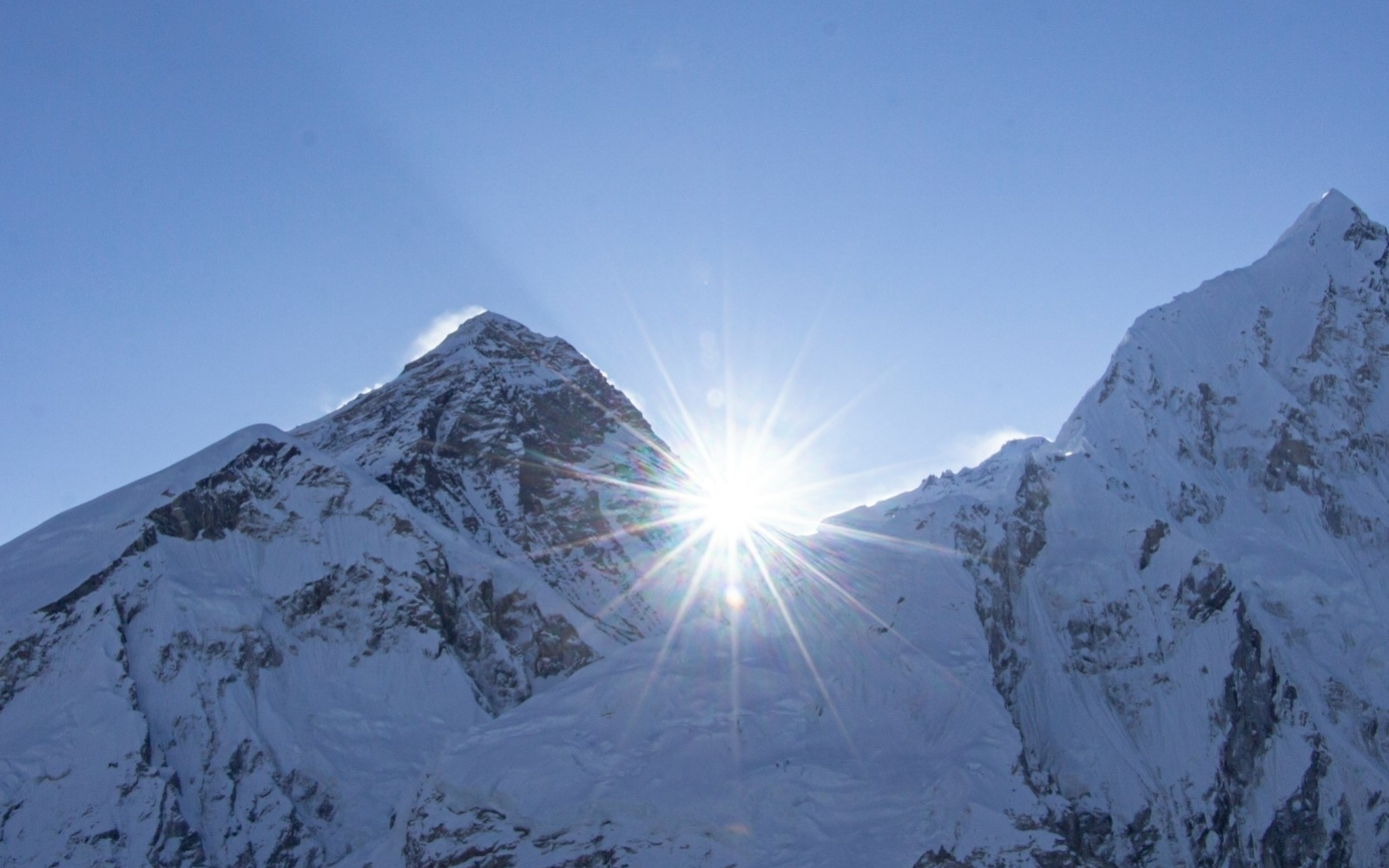
Trekking to Everest Base Camp is a dream shared by adventurers worldwide. The journey promises not just physical challenges but also spiritual enrichment and breathtaking vistas. To master this iconic trek, proper planning, preparation, and knowledge are paramount. In this comprehensive guide, we'll delve into every aspect of trekking to Everest Base Camp, ensuring you're equipped with all the information you need for a successful and memorable adventure.
Nestled amidst the towering peaks of the Himalayas, Everest Base Camp (EBC) holds a special place in the hearts of trekkers. Situated at an altitude of over 5,000 meters, the base camp serves as the starting point for mountaineers aiming to conquer the world's tallest peak, Mount Everest. But even for those not aiming for the summit, trekking to Everest Base Camp offers an unforgettable experience, immersing travelers in the awe-inspiring beauty of the Himalayan landscape.
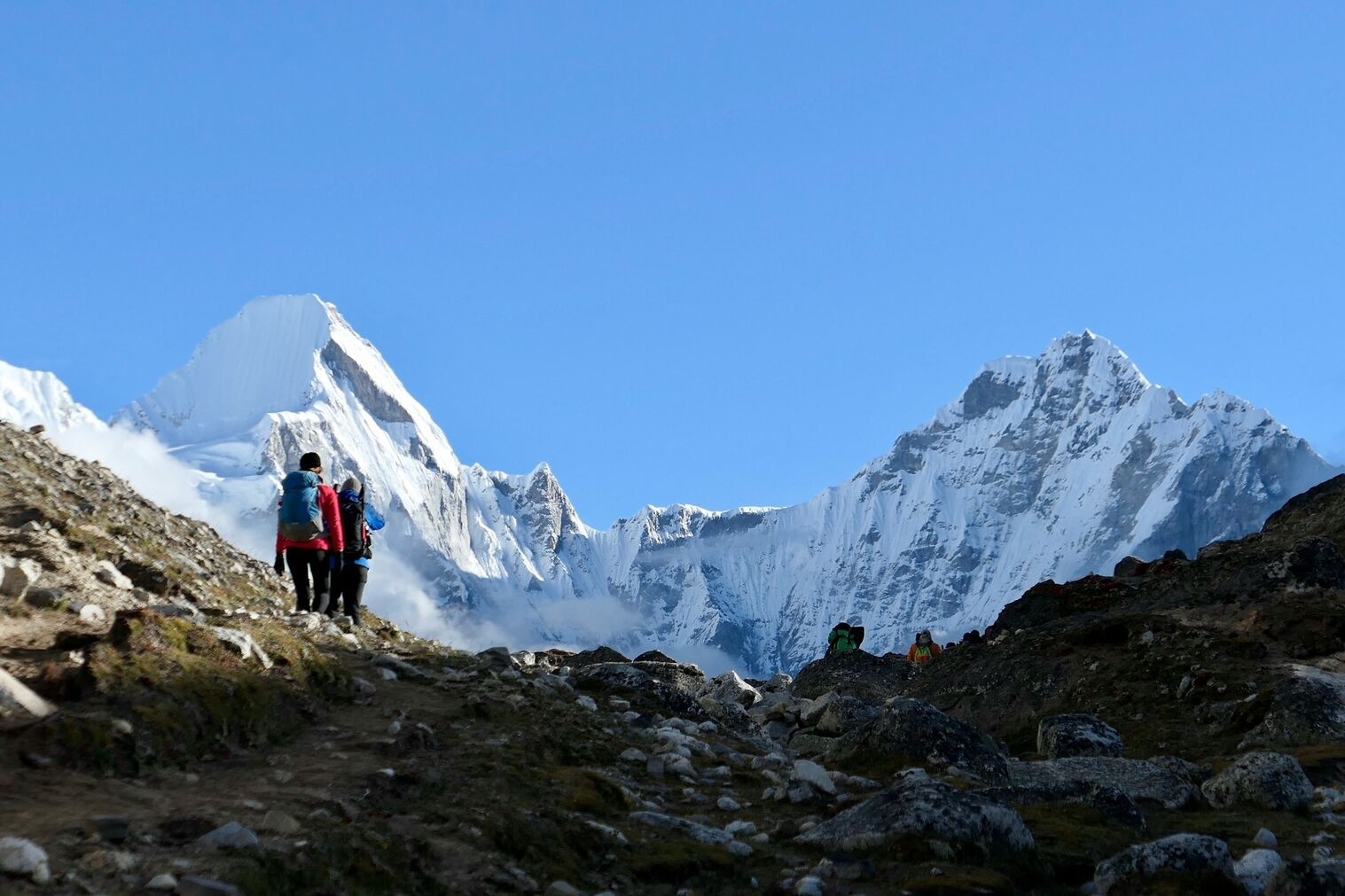 Planning Your Trekking Adventure
Planning Your Trekking Adventure
Choosing the Right Time
Timing is crucial when planning your Everest Base Camp trek. The best seasons for trekking are spring (March to May) and autumn (September to November). During these months, the weather is relatively stable, with clear skies and comfortable temperatures, making for ideal trekking conditions.
Permits and Regulations
Before embarking on your journey, it's essential to obtain the necessary permits. These include the Sagarmatha National Park Permit and the TIMS (Trekkers' Information Management System) card. These permits not only ensure your safety but also contribute to conservation efforts in the region.
Fitness and Training
While trekking to Everest Base Camp doesn't require technical mountaineering skills, it does demand a good level of physical fitness. Regular cardiovascular exercise, strength training, and hiking with a loaded backpack are excellent ways to prepare your body for the rigors of the trek.
Popular Routes
The classic route to Everest Base Camp begins with a thrilling flight from Kathmandu to Lukla, where the trek officially starts. From Lukla, trekkers make their way through picturesque Sherpa villages like Namche Bazaar, Tengboche, Dingboche, and Gorak Shep before finally reaching Everest Base Camp.
Typical Itinerary
A typical itinerary for the Everest Base Camp trek spans around 12-14 days, allowing ample time for acclimatization and enjoyment of the stunning surroundings. It's essential to include rest days in your itinerary to help your body adjust to the altitude and minimize the risk of altitude sickness.
1. Everest base camp helicopter tour
3. Everest Base Camp Luxury Trek
4. Gokyo with Everest base camp via Cho-La Pass treks
5. Everest Three Passes Trekking
6. Everest Trek Return by Helicopter
Clothing
Layering is key to staying comfortable in the ever-changing mountain weather. Essentials include moisture-wicking base layers, insulated jackets, waterproof outer layers, sturdy trekking pants, and comfortable hiking boots.
Gear and Equipment
In addition to clothing, essential gear includes a quality sleeping bag rated for sub-zero temperatures, a durable backpack, trekking poles, a headlamp, sunscreen, sunglasses, and a refillable water bottle or hydration system.
First Aid Kit
A well-stocked first aid kit is essential for any trekking adventure. Include items like bandages, antiseptic wipes, blister treatment, pain relievers, altitude sickness medication, and any personal medications you may require.
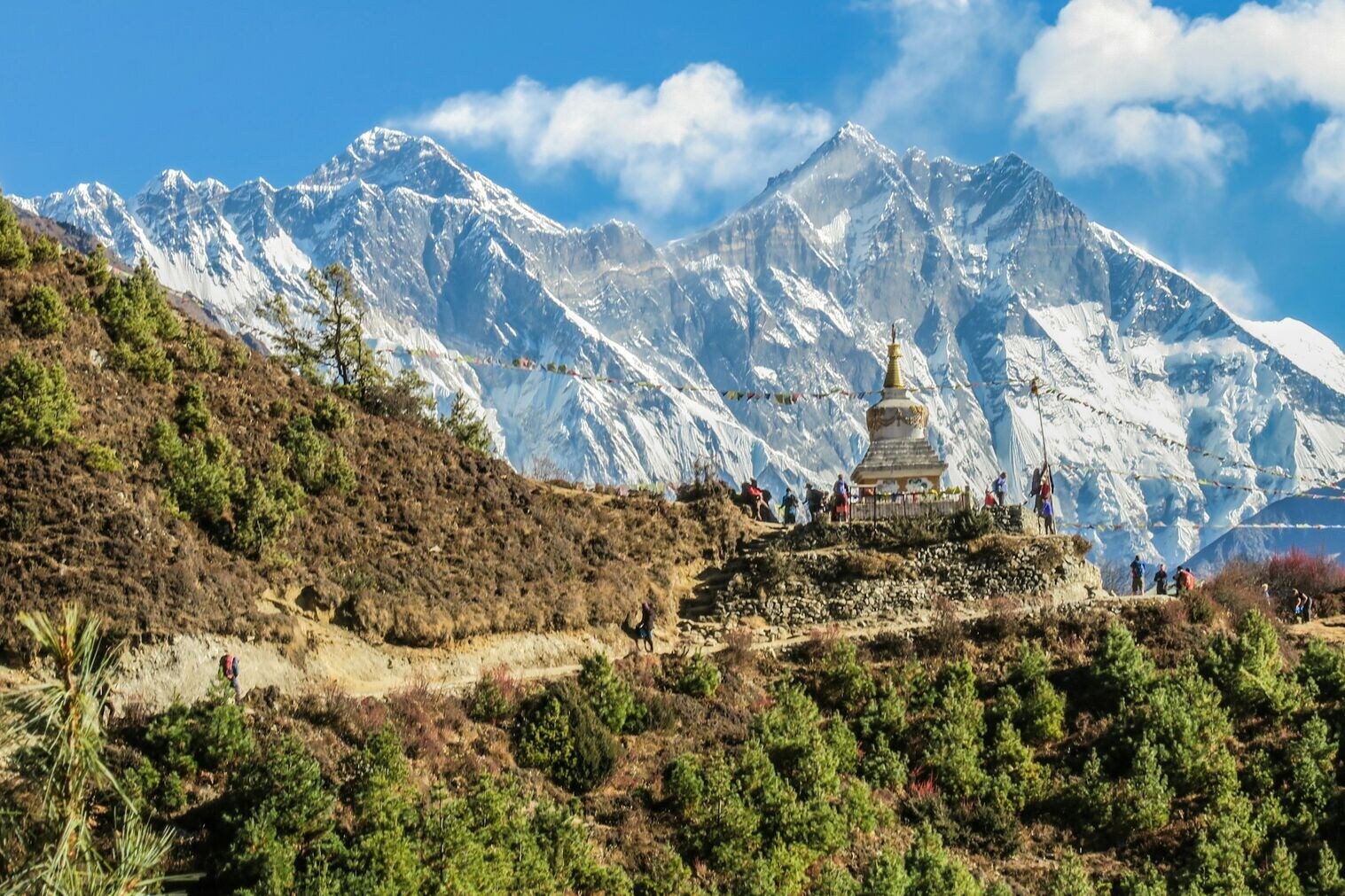 Everest Base Camp Trek - Accommodation Options
Everest Base Camp Trek - Accommodation Options
Tea Houses
Tea houses are the most common form of accommodation along the Everest Base Camp trekking route. These rustic lodges offer basic amenities such as meals, lodging, and hot showers, providing a cozy retreat after a day on the trail.
Camping
For those seeking a more adventurous experience, camping is an option, allowing you to immerse yourself fully in the natural surroundings. However, keep in mind that camping requires carrying additional gear and permits.
Symptoms
Altitude sickness, also known as acute mountain sickness (AMS), can affect anyone ascending to high altitudes. Symptoms include headache, nausea, fatigue, dizziness, and shortness of breath. It's essential to recognize these signs and take appropriate action.
Acclimatization Techniques
Proper acclimatization is key to avoiding altitude sickness. Ascend slowly, stay hydrated, and listen to your body. If symptoms persist or worsen, descend to a lower altitude immediately.
Weather Conditions
Mountain weather can be unpredictable, with conditions changing rapidly. Be prepared for cold temperatures, strong winds, and sudden storms. Check the weather forecast regularly and adjust your plans accordingly.
Hydration and Nutrition
Staying hydrated and well-nourished is crucial for maintaining energy levels and preventing altitude sickness. Drink plenty of water, eat carbohydrate-rich foods, and pack high-energy snacks for the trail.
Guided vs. Independent Trekking
While some trekkers prefer the freedom of independent trekking, opting for a guided trek can enhance safety and convenience. Experienced guides provide valuable insight, support, and assistance throughout the journey.
Sherpa Culture
The Everest region is not only known for its breathtaking scenery but also for its rich cultural heritage. Take time to learn about the Sherpa people, their customs, traditions, and way of life as you trek through their homeland.
Monasteries and Temples
Along the trail, you'll encounter ancient monasteries, stupas, and prayer flags, reflecting the deep spiritual significance of the region. Take moments to pause, reflect, and immerse yourself in the tranquility of these sacred sites.
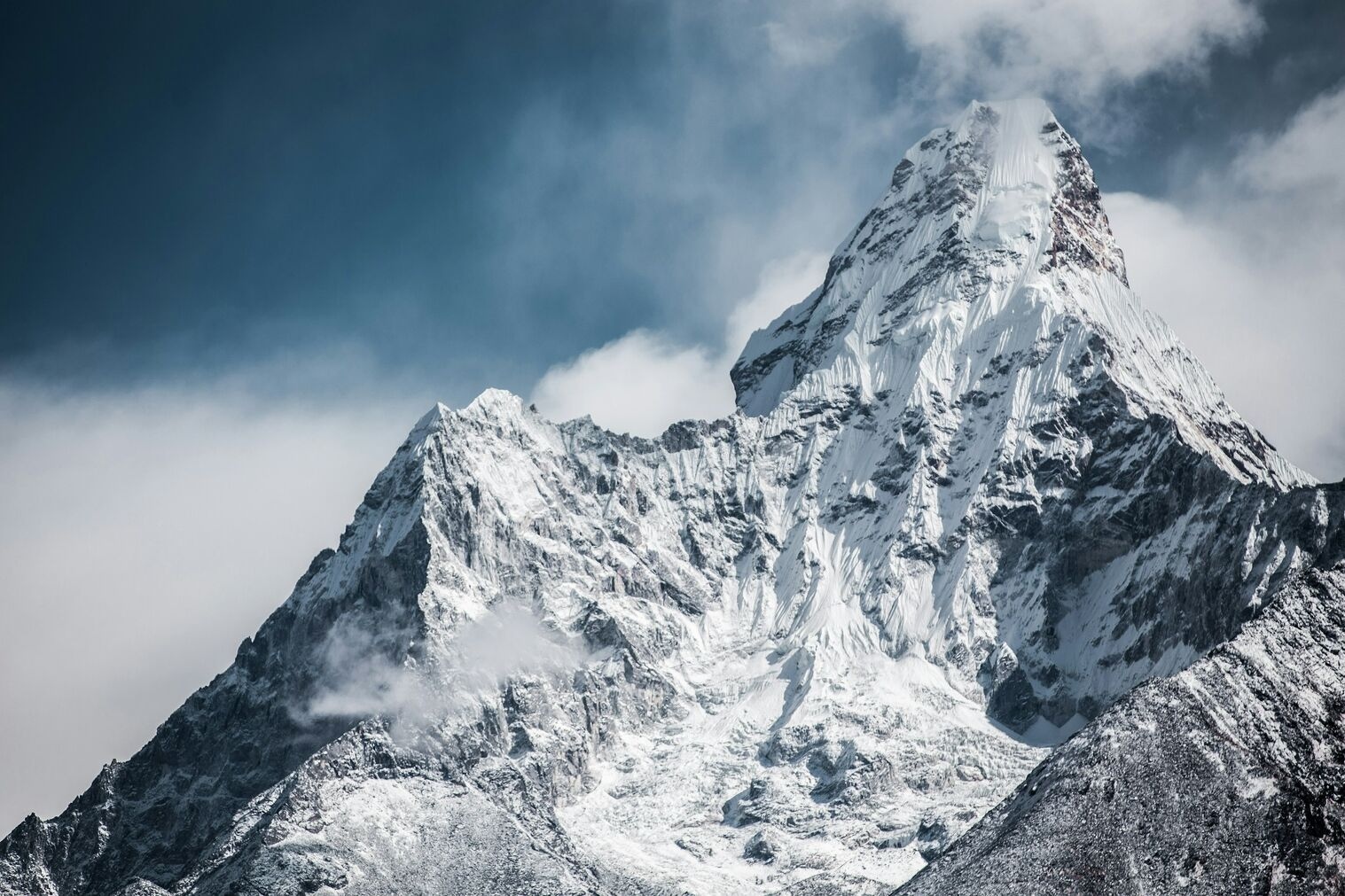 Everest Base Camp Trek - Environmental Conservation Efforts
Everest Base Camp Trek - Environmental Conservation Efforts
Leave No Trace Principles
Respect for the environment is paramount while trekking in the Everest region. Adhere to the Leave No Trace principles, minimizing your impact on the fragile ecosystem and preserving the pristine beauty of the mountains.
Responsible Tourism Practices
Support local communities and conservation efforts by choosing eco-friendly accommodations, minimizing waste, and respecting wildlife. Leave the mountains as you found them, ensuring future generations can enjoy their splendor.
Mental and Physical Challenges
Trekking to Everest Base Camp presents numerous challenges, both physical and mental. From steep ascents to high altitude and inclement weather, each day brings new obstacles to overcome. However, the sense of achievement and the breathtaking views make every challenge worthwhile.
Sense of Achievement
Standing at Everest Base Camp, surrounded by towering peaks and vast glaciers, is a moment of triumph. Whether you're a seasoned trekker or embarking on your first adventure, reaching this iconic destination is a testament to your determination and resilience.
1. How difficult is the Everest Base Camp trek?
The Everest Base Camp trek is challenging but manageable for trekkers with a good level of fitness and preparation. Proper acclimatization and pacing are crucial to success.
2. Do I need prior trekking experience to trek to Everest Base Camp?
While prior trekking experience is beneficial, it's not mandatory. With proper preparation, anyone with a reasonable level of fitness can undertake the Everest Base Camp trek.
3. How much does it cost to trek to Everest Base Camp?
The cost of trekking to Everest Base Camp varies depending on factors such as the duration of the trek, the level of service, and whether you choose to trek independently or with a guided group.
4. Is altitude sickness common on the Everest Base Camp trek?
Altitude sickness can affect trekkers ascending to high altitudes, including Everest Base Camp. Proper acclimatization, hydration, and awareness of symptoms can help prevent and manage altitude sickness.
5. What should I do if I encounter altitude sickness during the trek?
If you experience symptoms of altitude sickness, it's essential to descend to a lower altitude immediately. Rest, hydration, and seeking medical attention if symptoms persist are crucial for recovery.
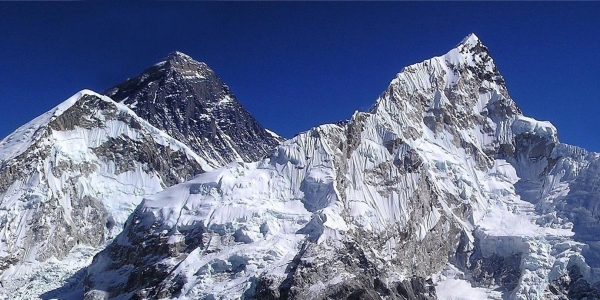
Thousands of enthusiastic hikers around the world have an ultimate dream to reach Everest Base Camp...
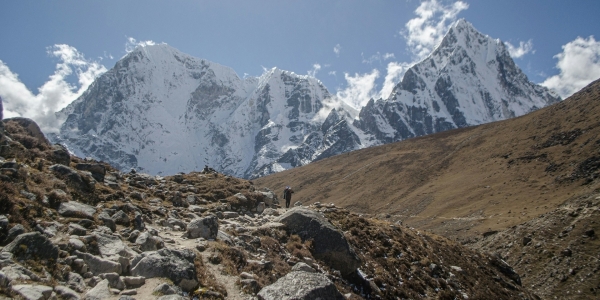
Mount Everest, the tallest peak on Earth, standing at a staggering 29,032 feet above sea level, beck...
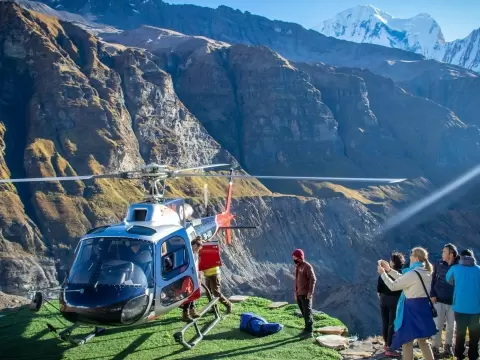
Mountain flight tours in Nepal offer a thrilling opportunity to soar above the world's tallest peaks...
